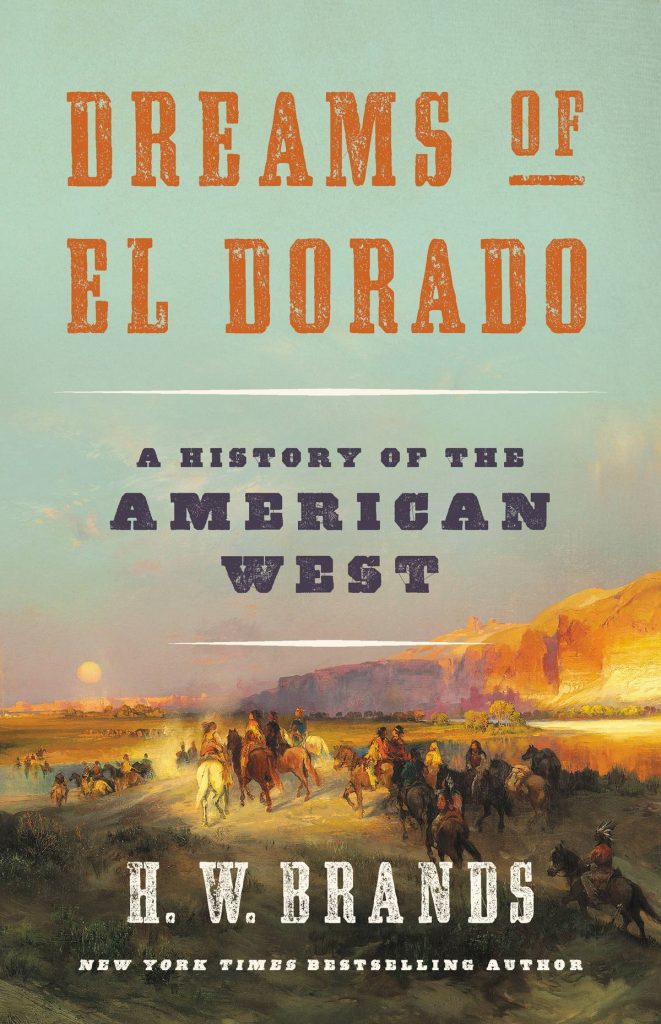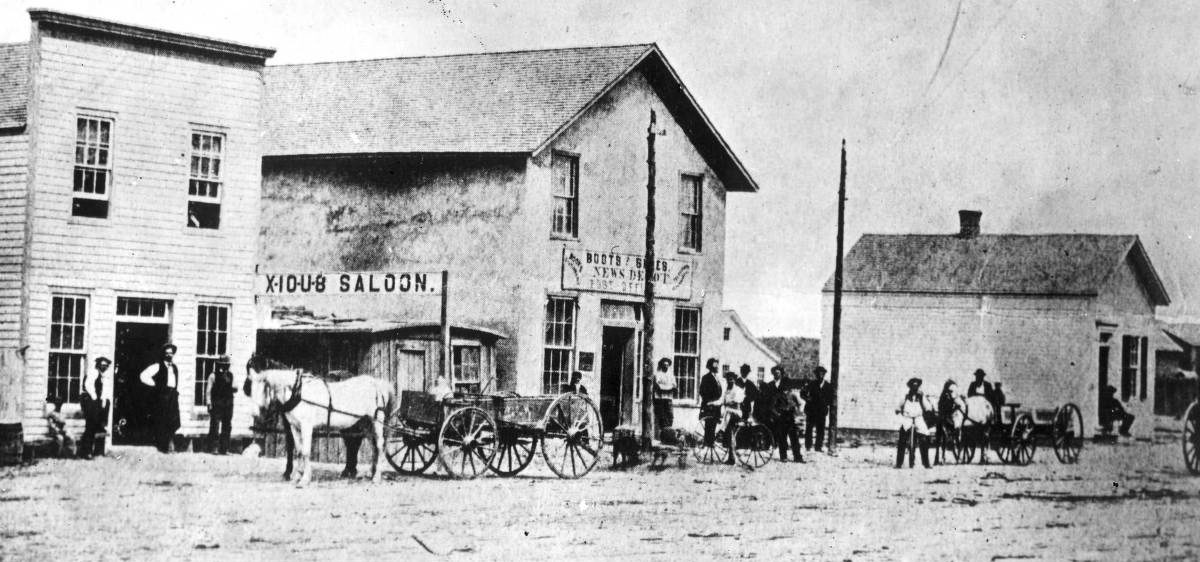The rapid growth of America came as a shock to some, as it was the only country whose expansion occurred with such little government supervision.
In Dreams of El Dorado, author H.W. Brands recounts the rich history of the American West. Beginning with the purchase of the Louisiana territory, which propelled future Western expansion of the once Atlantic-facing nation, Brands details the true stories of settlers, miners, natives and missionaries as he delivers an inside look into what shaped the history of America as it stands today.
How much do you really know about Lewis and Clark’s journey? What is the real story behind the American cowboy? Learn more about the book from our Q&A with the author.

Basic Books, October 2019
By H.W. Brands, Professor, Department of History
What are the main themes of Western history and expansion in America?
Three themes characterized the American West in the 19th century: 1. The headlong pursuit of opportunity (the Dreams of El Dorado of the title). 2. Chronic violence (among whites, indigenous peoples, blacks and foreign immigrants in nearly all possible combinations). 3. Irony and paradox (the dreams often blew up in the faces of the dreamers; the individualism of the frontier was made possible by the collective largesse of the American public; the least populated region of the country was also the most urbanized; among other examples.
How was the expansion into Western America both similar and different to expansion of other countries during the same time?
In no other country was expansion pursued with so little government supervision. In Canada, the Mounties kept a close eye on the frontier; in Russia the czar’s police watched everyone closely. This difference is the main reason the American West developed faster and more fully than the frontier regions of other countries.
Where does the romantic idea of cowboys originate from?
On the Texas plains, Anglo cowboys learned from Mexican vaqueros how to tend the animals descended from escaped Spanish cattle. A cowboy led a lonely, hard life, but mounted on his horse, etched against the prairie sky, he was the closest thing America produced to a knight on his steed. He came along just as the frontier was disappearing; he was put out of business by the railroad. So, to the romance of his habits was added the tragedy of a lost way of life. It all added up to an irresistible basis for a myth that had endured to the present.
What was the biggest obstacle that Lewis and Clark faced on their journey?
Ignorance. Lewis and Clark didn’t know where they were going, how they would get there, or what they’d find on the way. Which was the point of the expedition of their party, officially called the Corps of Discovery.
How did the expedition’s encounters with the Blackfeet, the Crows and other tribes shape the relationship?
The Lewis and Clark expedition put the Indians they encountered on notice that the Americans were coming. Some welcomed the approach, others didn’t. But all understood that a new chapter in the history of the West was opening.
How did the tribes react to missionaries?
Some parts of some tribes welcomed the missionaries, as providing a reliable source of valuable technology: metal tools, guns, textiles. Some embraced Christianity. Others realized that settlers would follow missionaries, and worried from the start. When the missionaries and settlers brought smallpox, measles and other diseases, some of the Indians turned violently hostile.
What was the effect of emigration on the native peoples of Oregon? Of California?
The arrival of thousands, then tens of thousands of immigrants effectively doomed the indigenous peoples of the Far West. Most died from disease, some in warfare. Some were hunted down in deliberate genocide.
How did James Marshall’s discovery of gold shape California’s future economy?
The discovery of gold made California the most cosmopolitan spot on the planet, with gold-hunters drawn from every inhabited continent. It also gave California a risk-embracing culture that proved the seedbed for the Silicon Valley gold rush of the late 20th century.
What were the biggest problems San Francisco faced as one of the most rapidly growing cities?
Arson, organized crime and a lack of civic culture (everybody wanted to be off in the mines making money).
How did the Civil War’s politics serve Western interests?
The Civil War gave the Republicans a hammerlock on the national government, allowing them to implement their pro-West policies, including the Homestead Act and the funding of a transcontinental railroad.
How did the acquisition of horses change the ways of native tribes such as the Cheyennes and Comanches?
It revolutionized their culture, making them fully nomadic and able to strike militarily hundreds of miles from their home territories.
What was the cause of the U.S. declaring war against the Nez Perce – a tribe that was seen as peaceful and typically allied with American armies?
As usual, whites wanted land the Indians occupied. And since whites voted and Indians didn’t, the laws were written and enforced to suit them. The Nez Perce war began when members of the tribe under Chief Joseph refused to leave their land peacefully.
